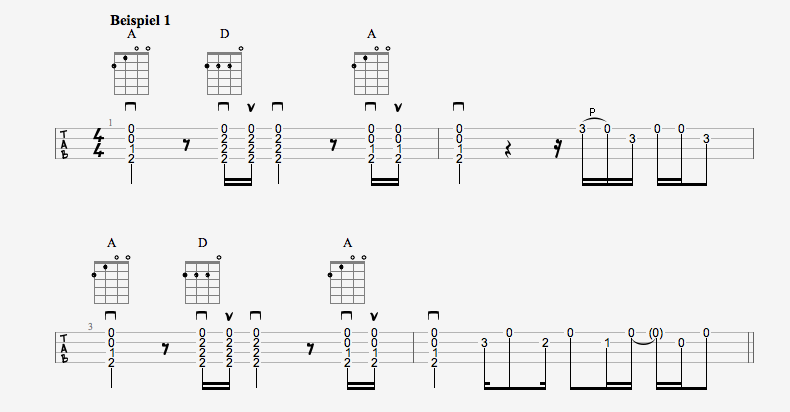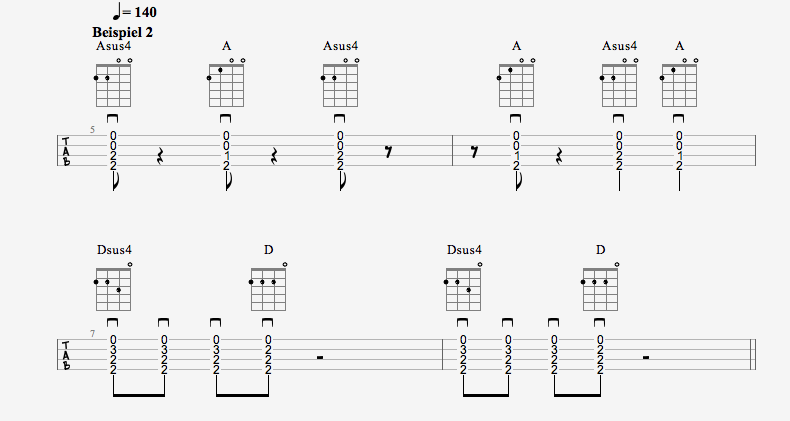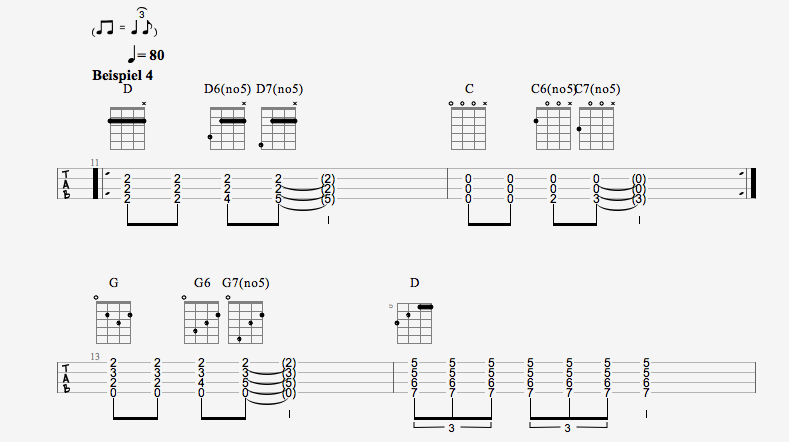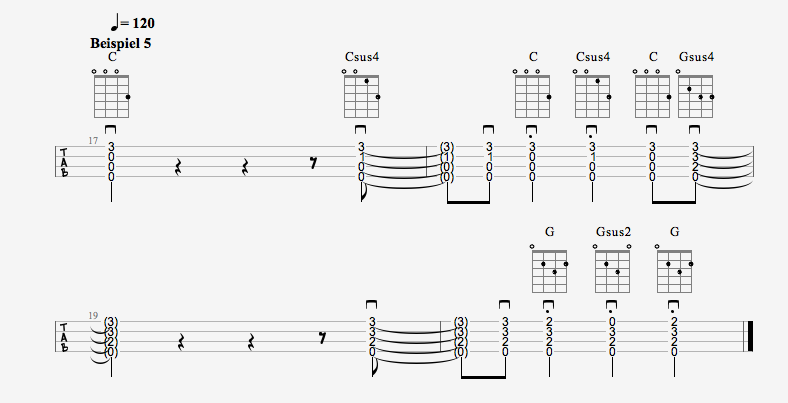This is a guest post by Daniel from Aloha Akademie. It original appeared on his blog in German but he was kind enough to adapt an English version for us.
Malcolm Young´s unmistakable groove and what you can learn from his style for your playing
To all of you who haven´t heard of Malcom Young, let me give you a short introduction: He was one of THE most important and influential rock guitar players on this earth. With his younger brother Angus he formed the band AC/DC – who played a leading role for me and millions of other kids in term of musical rock-education.
Sadly, Malcolm passed away on the 18th November 2017 after suffering from a stroke and a following dementia.
So this was more than enough reason to once again put on all those classic LP records. Malcolm´s rough style shaped the band’s sound so elementary. He had always been AC/DC´s rocking and pounding heart. He had always been the pulse, the unyielding rhythm and the foot on the rhythm.
If you are not blown away when listening to the intro of Live Wire, I presume you must be dead. Or Dirty Deeds Done Dirt Cheap: a rhythm monster that will eat you alive. Whole Lotta Rosie, Bad Boy Boogie… the list goes on.
So let us take a closer look at what Malcolm’s style has to do with playing the uke.
Actually his style was more or less the essence of what you should be aiming for as a ukulele rhythm player, who accompanies songs. Malcolm carried the songs with his riffs, he was the driving force, the rhythmic skeleton and the band´s spine. Holding everything together without losing flexibility.
Isn´t that exactly what you are supposed to do? You and I know the answer is YES! Thou shalt groove!
If you have ever tried to hold a song together with just a simple sounding rhythm and a few chords you might already know that results can vary. You are too fast, your chord changing is too slow, your speeding up the chorus and whatnot.
And then those rests! So many students seem to forget how important good sounding rests are. Yep, I´m talking good sounding rests! There is more than on possibility to make a rest sound crappy. It may be too long. Or too short. Or your hand produces noises while lifting it off the strings.
Bottom line and also significant for Malcolm’s playing style: rests. Work your rests, kids!
So let´s take a closer look at some riffs, that display the unique force that the right notes at the right time can produce. Play tight, play good sounding rests, play a lot of downstrokes.
Example 1
Slow:
Fast:
Classic AC/DC. Put some power in your downstrokes, let the rests breathe and feel them pumping. They are an essential part of this groove.
Play everything very slow at first, so you can get hold of the little licks at the end. Especially the 16th rest is a little bit tricky.
Example 2
Slow:
Fast:
More rests! This is a perfect example of an early 70´s AC/DC groove.
The ukulele pushes and shoves the whole riff through the accents. Take a careful look where the hits are on the beat and where they are in between. Once again this is supported by the rests that you should execute with your right hand.
Also use downstrokes only – this adds to the power and driving of this riff.
Example 3
This riff showcases how Malcolm could hold the entire band together: this kind of playing is like superglue for rocksongs. The palm muted 16th notes tighten the whole arrangement and keep everything in place.
Really dig into this groove – this is my advice. Do it slowly and keep an eye on the tied 16th notes. You don´t want to ruin a great groove by playing it sloppy, do ya?
Also if you want to spice things up, try to palm mute the whole sequence. It´s a typical rock guitar technique that muffles the sound a bit.
Just put your right hand´s palm on the bridge on top of the strings. They should still vibrate a bit (you can feel a light buzzing on your palm), but the sound goes from clear to muffled or muted.
Example 4
Here the focus is on the typical shuffle feel that this chord progression has.
Like many other greats of that time, AC/DC were heavily influenced by Blues and Rock´n´n Roll artists like John Lee Hooker or Chuck Berry.
Throughout Malcolm career he always came back to songs and riffs that had this bouncy feeling. It was AC/DC version of the Blues – just with a lot bit gain and a tad more volume.
Example 5
Let´s end it with rests :)
We ´re back to the typical 8th beat rock feeling and you will want to take some time for the following riff.
Why you wanna do that? Because you want to make it sound goooood! In this small part there are so many details – don’t just overlook them.
It starts with the first chord: let it ring for a quarter note. Not longer, not shorter.
Then be alert when playing the Csus4 and Gsus5 – both chords start on an „+“. The better the hit, the better the overall sound.
Last but not least: the staccato notes (the one with a dot on top). Play them really short and powerful – they drive the riff forward. Often the devil is in the details but it´s definitely worth the effort.
?Okay rockers – that´s it for today!
I hope you learned a valuable thing or two about rests and powerful rhythms. And please don´t just leave the rests to this rock context. Remember using them in your own patterns and songs. Try them every time you think of using yet another chord in your arrangement. You will be astounded how grown up and cleaned up your songs can sound!
Any further questions left or advice needed? Write it in the comments!
Mahalo for reading! Keep ukin`
Daniel
Thanks very much to Daniel. You can find more of his work at Daniel from AlohaAkademie.de








Great post! Will definitely be coming back to read it again.
Just wanted to give you a head’s up that Malcolm passed away on November 18th, not September 18th.
Cheers!